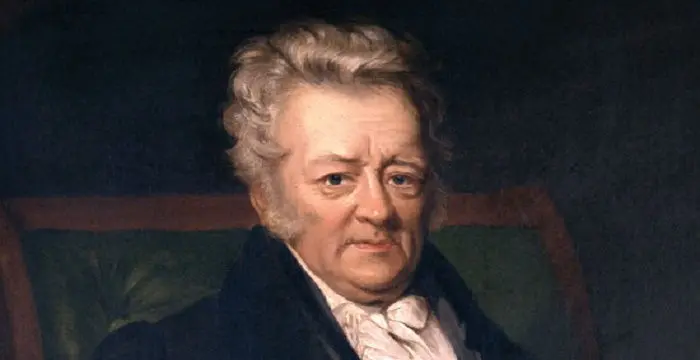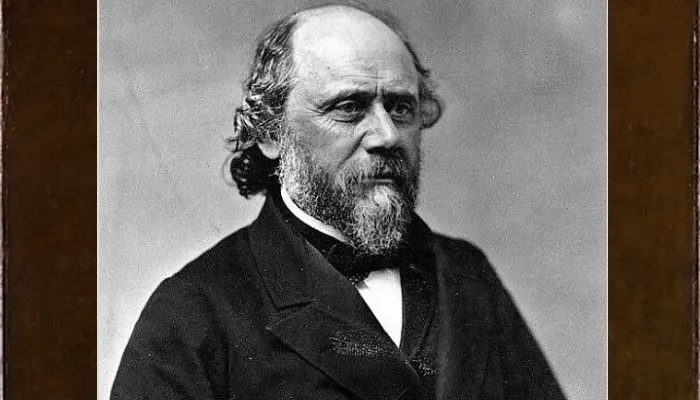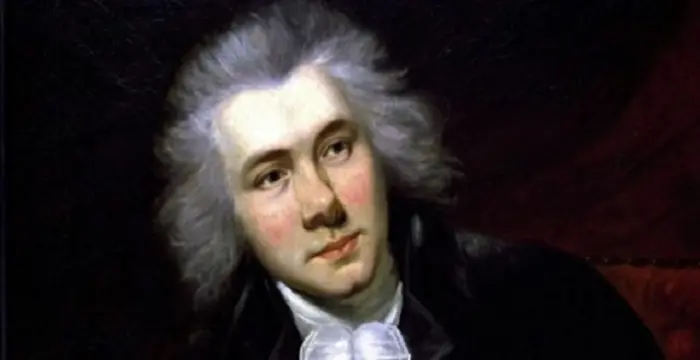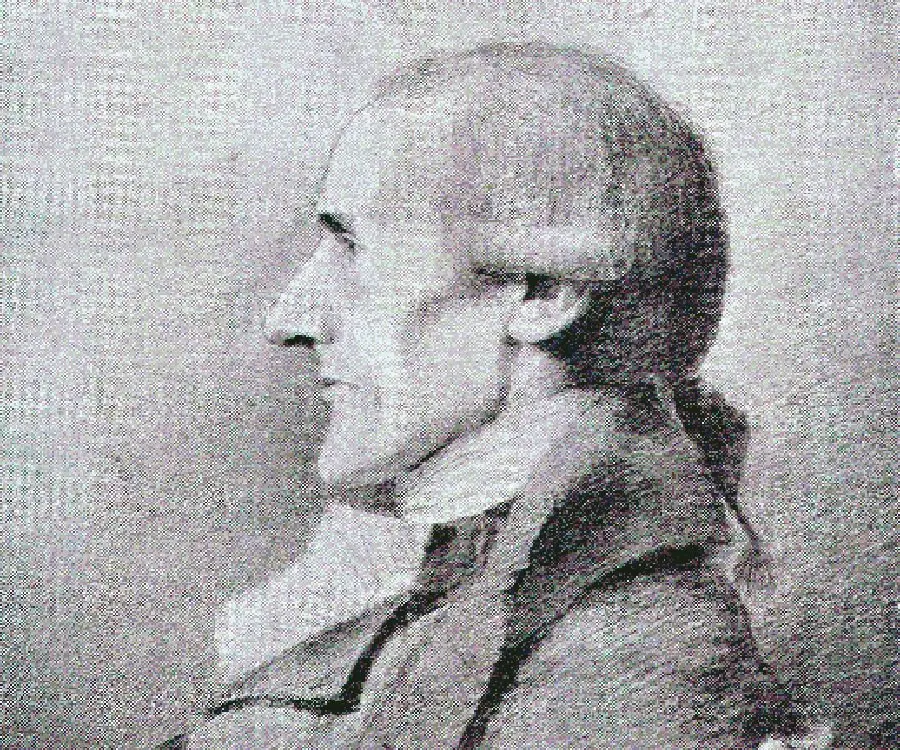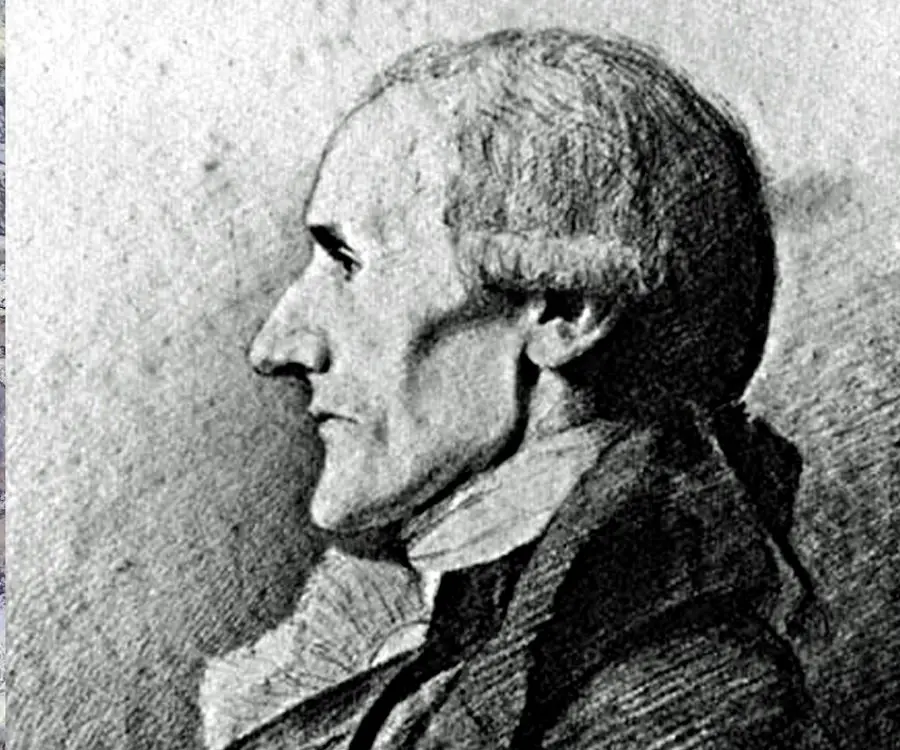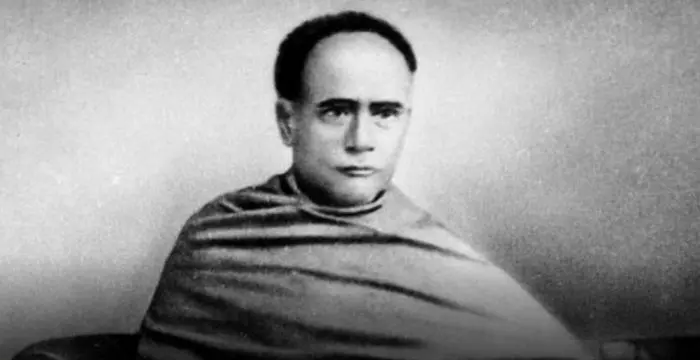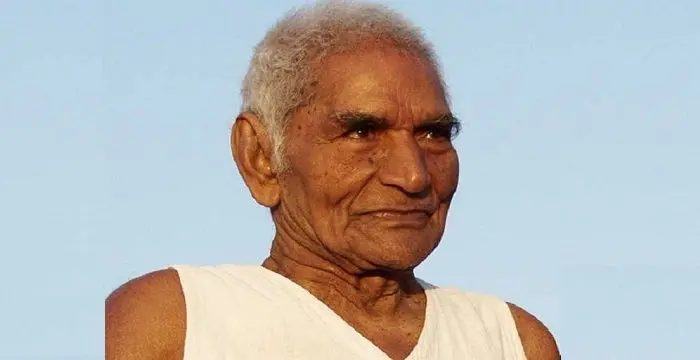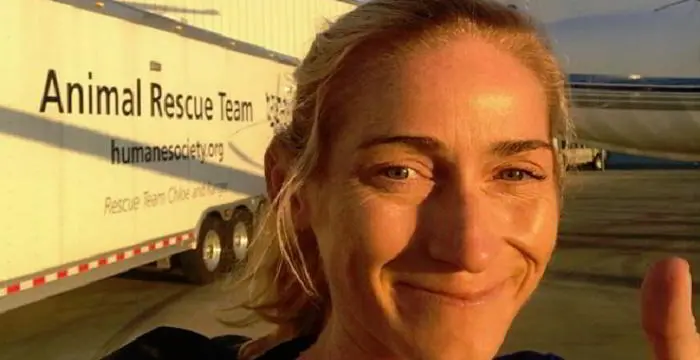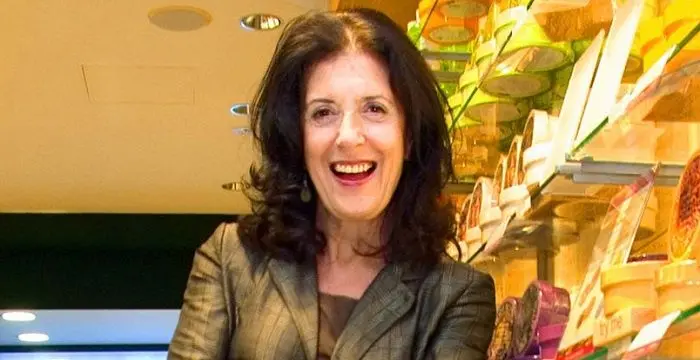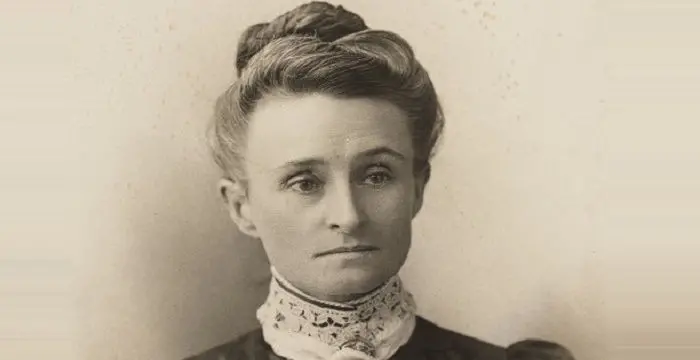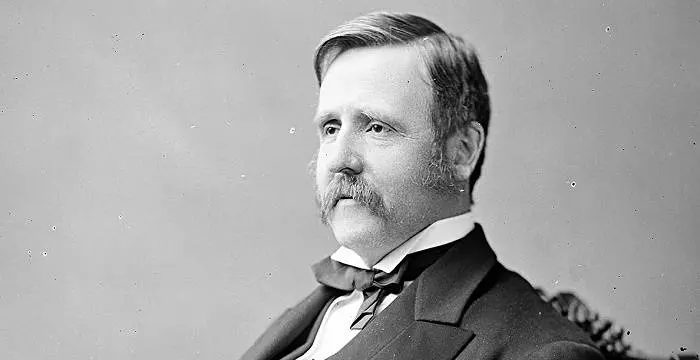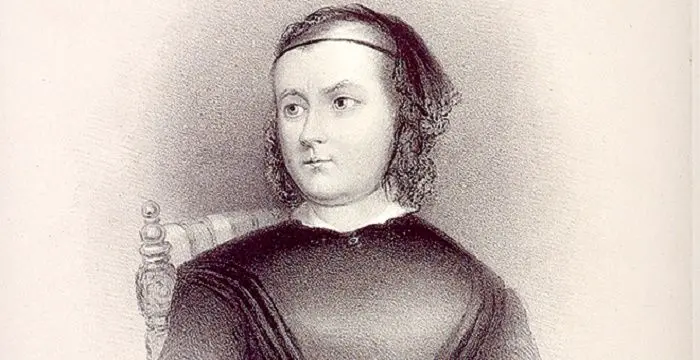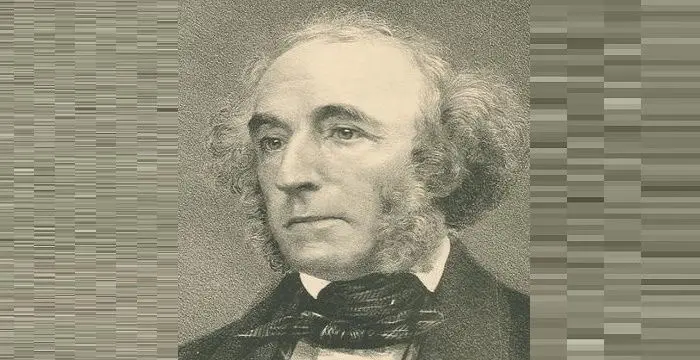
Granville Sharp - Abolitionist, Timeline and Childhood
Granville Sharp's Personal Details
Granville Sharp was a social reformer and a leading British abolitionist
| Information | Detail |
|---|---|
| Birthday | November 10, 1735 |
| Died on | July 6, 1813 |
| Nationality | British |
| Famous | Activists, Human Rights Activists, Social Reformers, Abolitionist |
| Siblings | James Sharp, William Sharp |
| Known as | Шарп, Гренвилль |
| Universities |
|
| Founder / Co-Founder |
|
| Birth Place | Durham, England |
| Gender | Male |
| Sun Sign | Scorpio |
| Born in | Durham, England |
| Famous as | Abolitionist |
| Died at Age | 77 |
// Famous Abolitionist
Thomas Clarkson
Thomas Clarkson was an English abolitionist and the main force in bringing about the Slave Trade Act. This biography provides detailed information about his childhood, life, achievements, works & timeline
Richard Henry Dana Jr.
Richard Henry Dana Jr. was an American lawyer, writer and social activist. This biography provides detailed information about his childhood, life, achievements, works and timeline.
William Wilberforce
William Wilberforce was a leader of the abolitionist movement who put an end to slave trade and slavery in Britain. Check out this biography to know about his childhood, life, achievements, works & timeline
Granville Sharp's photo
Who is Granville Sharp?
Granville Sharp was a social reformer and a leading British abolitionist who was one of the founders of the Society for Effecting the Abolition of the Slave Trade and served as the first chairman of the Society. He lived in an era when most abolitionists were of the view that Slave Trade was wrong because of the inhumane treatment often meted out to the slaves. Sharp was one of the early abolitionists who argued that it was the very concept of enslaving blacks and curbing their right to lead an independent life that was wrong, and treating slaves “humanely” did not justify Slave Trade. He first became interested in the abolitionist movement after he became acquainted with a young slave who had been badly beaten up and left to die by his master. An idealistic and compassionate individual, Sharp fought hard to ensure that the slave was freed from his cruel master. Over a period of time he was approached by more slaves who begged for his help and soon Sharp became a leader of the abolitionist movement in Great Britain which was by far the largest trafficker in slaves. He also supported the Sierra Leone resettlement project, which encouraged former slaves to settle in west Africa
// Famous Activists
Temple Grandin
Temple Grandin is a well-known American writer, autistic activist and animal expert. This biography profiles her childhood, life, achievements, career and timeline
Susan Sontag
Susan Sontag is an American critical essayist, cultural analyst, novelist, political activist, filmmaker and playwright of international repute. Read on to find out more about her childhood, career, profile and timeline.
Serj Tankian
Serj Tankian is a famous American singer-songwriter and member of the band, ‘System of a Down’. This biography profiles his childhood, music career, life, achievements and timeline.
Childhood & Early Life
Granville Sharp was born on 10 November 1735 in Durham. His father Thomas Sharp was the Archdeacon of Northumberland and a prolific theological writer. His mother’s name was Judith. Granville had 13 siblings of whom several died in their infancy.
He was primarily educated at home though he also attended Durham School for some time.
He was apprenticed to a London linen-draper when he was 15. While working there he taught himself Greek and Hebrew.
Later Years
His apprenticeship ended in 1757 and the next year he found a position as a clerk in the Ordnance Office at the Tower of London. He was an intelligent and curious young man who loved to pursue scholarly interests in his leisure time, and this job gave him ample opportunities for that.
His brother William was a surgeon who treated the local poor for free. On one of his visits to his brother’s surgery in 1765, Granville met a young black man, Jonathan Strong, who had been badly beaten by his master, David Lisle, and thrown into the streets. The Sharp brothers tended to his injuries and months later when Jonathan was fit enough, they found him a job with a friend of theirs.
Jonathan Strong’s miseries were, however, far from over as he was kidnapped by Lisle and sold to a planter. Once again Granville Sharp rushed to his aid and demanded that Strong be taken before the Lord Mayor, who declared him a free man.
Following this incident, Sharp was hailed as a "protector of the Negro" and more slaves appealed to him for help. In 1771, a slave named James Somerset approached him with his case. Somerset, who had been brought to Britain from Jamaica, ran away from his master and was recaptured and put on a ship bound for Jamaica. Sharp presented the case before Lord Mansfield, the Lord Chief Justice of England, who after many months of legal argument, declared that a master had no right to force an enslaved person to return to a foreign country and thus Somerset was freed.
Over the next several years he continued campaigning for the abolition of slavery and became known as the leading English abolitionist of that era. He was also a prolific writer and wrote several anti-slavery pamphlets including ‘A Declaration of the People's Natural Right to a Share in the Legislature’ (1774), ‘A Declaration of the People's Natural Right’ (1775), ‘The Law of Retribution‘(1776) and ‘The Just Limitation of Slavery in the Laws of God’ (1776).
Sharp was approached by Olaudah Equiano, a prominent freed slave, in the early 1780s regarding a case where several slaves had been massacred on board a slave ship. In 1781, the owners of a slave ship Zong had thrown 132 slaves overboard to their death in order to save drinking water and later tried to claim the value of the slaves on insurance. Sharp became active in the legal proceedings and helped to publicize the abuse involved in slave trade. Even though the owners were never charged with murder, Sharp’s efforts helped to turn public opinion against the slave trade.
He, along with some other like-minded abolitionists like John Barton, William Dillwyn, Joseph Woods, and Thomas Clarkson, founded the Society for Effecting the Abolition of the Slave Trade, in 1787. The major goals of the society were to inform the public of the inhuman and immoral treatment meted out to enslaved Africans by their owners, and to campaign for a new law to abolish the slave trade.
Major Works
Granville Sharp was a leading early abolitionist in England and one of the founders of The Society for Effecting the Abolition of the Slave Trade which was formed in 1787. The society worked to educate the public about the abuses of the slave trade and finally achieved abolition of the international slave trade in 1807.
Personal Life & Legacy
Granville Sharp died on 6 July 1813 and was buried at All Saints' Church, Fulham, beside his brother William Sharp and sister Elizabeth Prouse.
// Famous Social Reformers
Ishwar Chandra Vidyasagar
Ishwar Chandra Vidyasagar was an Indian polymath and a social reformer. This biography of Ishwar Chandra Vidyasagar provides detailed information about his childhood, life, achievements, works & timeline.
Dadabhai Naoroji
Known as the Grand Old Man of India, Dadabhai Naoroji was an educator, social reformer and an important political leader. This biography provides detailed information about his childhood, life, achievements, works & timeline.
Baba Amte
Baba Amte was an Indian social activist best remembered for his work for rehabilitation of leprosy patients. This biography of Baba Amte provides detailed information about his childhood, life, achievements, works & timeline.
Granville Sharp biography timelines
- // 10th Nov 1735Granville Sharp was born on 10 November 1735 in Durham. His father Thomas Sharp was the Archdeacon of Northumberland and a prolific theological writer. His mother’s name was Judith. Granville had 13 siblings of whom several died in their infancy.
- // 1757His apprenticeship ended in 1757 and the next year he found a position as a clerk in the Ordnance Office at the Tower of London. He was an intelligent and curious young man who loved to pursue scholarly interests in his leisure time, and this job gave him ample opportunities for that.
- // 1765His brother William was a surgeon who treated the local poor for free. On one of his visits to his brother’s surgery in 1765, Granville met a young black man, Jonathan Strong, who had been badly beaten by his master, David Lisle, and thrown into the streets. The Sharp brothers tended to his injuries and months later when Jonathan was fit enough, they found him a job with a friend of theirs.
- // 1771Following this incident, Sharp was hailed as a "protector of the Negro" and more slaves appealed to him for help. In 1771, a slave named James Somerset approached him with his case. Somerset, who had been brought to Britain from Jamaica, ran away from his master and was recaptured and put on a ship bound for Jamaica. Sharp presented the case before Lord Mansfield, the Lord Chief Justice of England, who after many months of legal argument, declared that a master had no right to force an enslaved person to return to a foreign country and thus Somerset was freed.
- // 1774Over the next several years he continued campaigning for the abolition of slavery and became known as the leading English abolitionist of that era. He was also a prolific writer and wrote several anti-slavery pamphlets including ‘A Declaration of the People's Natural Right to a Share in the Legislature’ (1774), ‘A Declaration of the People's Natural Right’ (1775), ‘The Law of Retribution‘(1776) and ‘The Just Limitation of Slavery in the Laws of God’ (1776).
- // 1781Sharp was approached by Olaudah Equiano, a prominent freed slave, in the early 1780s regarding a case where several slaves had been massacred on board a slave ship. In 1781, the owners of a slave ship Zong had thrown 132 slaves overboard to their death in order to save drinking water and later tried to claim the value of the slaves on insurance. Sharp became active in the legal proceedings and helped to publicize the abuse involved in slave trade. Even though the owners were never charged with murder, Sharp’s efforts helped to turn public opinion against the slave trade.
- // 1787He, along with some other like-minded abolitionists like John Barton, William Dillwyn, Joseph Woods, and Thomas Clarkson, founded the Society for Effecting the Abolition of the Slave Trade, in 1787. The major goals of the society were to inform the public of the inhuman and immoral treatment meted out to enslaved Africans by their owners, and to campaign for a new law to abolish the slave trade.
- // 1787 To 1807Granville Sharp was a leading early abolitionist in England and one of the founders of The Society for Effecting the Abolition of the Slave Trade which was formed in 1787. The society worked to educate the public about the abuses of the slave trade and finally achieved abolition of the international slave trade in 1807.
- // 6th Jul 1813Granville Sharp died on 6 July 1813 and was buried at All Saints' Church, Fulham, beside his brother William Sharp and sister Elizabeth Prouse.
// Famous Human Rights Activists
Michael Bolton
Michael Bolton is a Grammy Award winning singer and songwriter. Read this biography to learn more about his childhood, profile, life and timeline.
Maggie McGuane
Maggie McGuane is the daughter of Canadian-American actress and activist Margot Kidder. Check out this biography to know about her family, personal life, age, birthday, etc.
Anita Roddick
Anita Roddick was the founder of ‘The Body Shop’, the popular cosmetic brand. This article offers detailed information about her life, career, profile, humanitarian works and timeline
Edith Cowan
Edith Dircksey Cowan (née Brown) was an Australian politician and social campaigner. This biography profiles her childhood, life, career, social work, achievements and timeline.
Charles Perkins
Charles Perkins was an Australian aboriginal activist and soccer player, famous for his efforts to provide a better life to indigenous tribes. Read on for detailed information on his childhood, profile, career and timeline
Caroline Chisholm
Caroline Jones Chisholm was an English philanthropist and humanitarian known for working towards female immigrant welfare in Australia. This biography profiles his childhood, life, career, activities, achievements and timeline.
Granville Sharp's FAQ
What is Granville Sharp birthday?
Granville Sharp was born at 1735-11-10
When was Granville Sharp died?
Granville Sharp was died at 1813-07-06
Where was Granville Sharp died?
Granville Sharp was died in London
Which age was Granville Sharp died?
Granville Sharp was died at age 77
Where is Granville Sharp's birth place?
Granville Sharp was born in Durham, England
What is Granville Sharp nationalities?
Granville Sharp's nationalities is British
Who is Granville Sharp siblings?
Granville Sharp's siblings is James Sharp, William Sharp
What was Granville Sharp universities?
Granville Sharp studied at Durham School
Which company or organization was founded by Granville Sharp?
Granville Sharp was the founder/co-founder of Society for Effecting the Abolition of the Slave Trade
What is Granville Sharp's sun sign?
Granville Sharp is Scorpio
How famous is Granville Sharp?
Granville Sharp is famouse as Abolitionist
